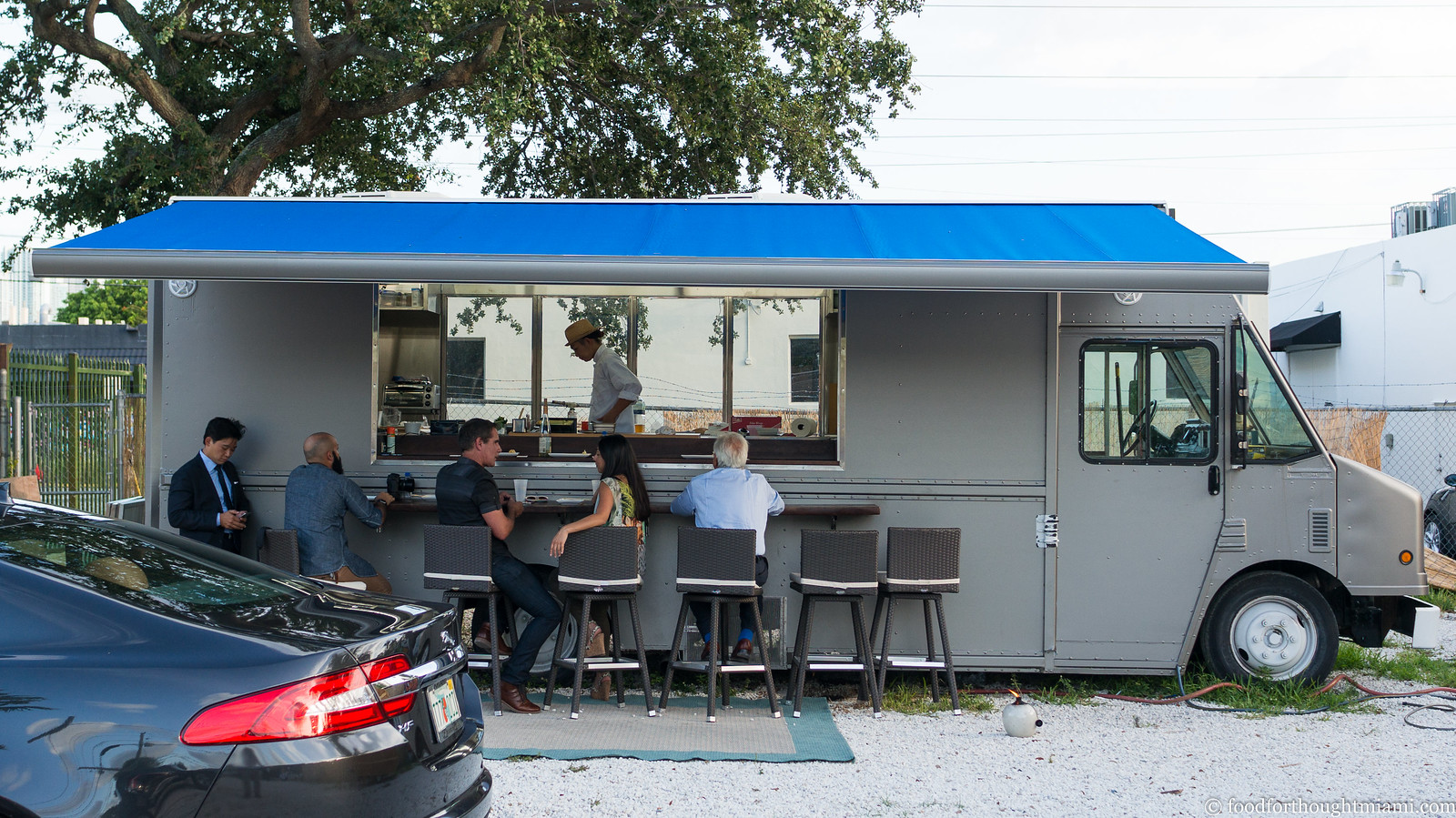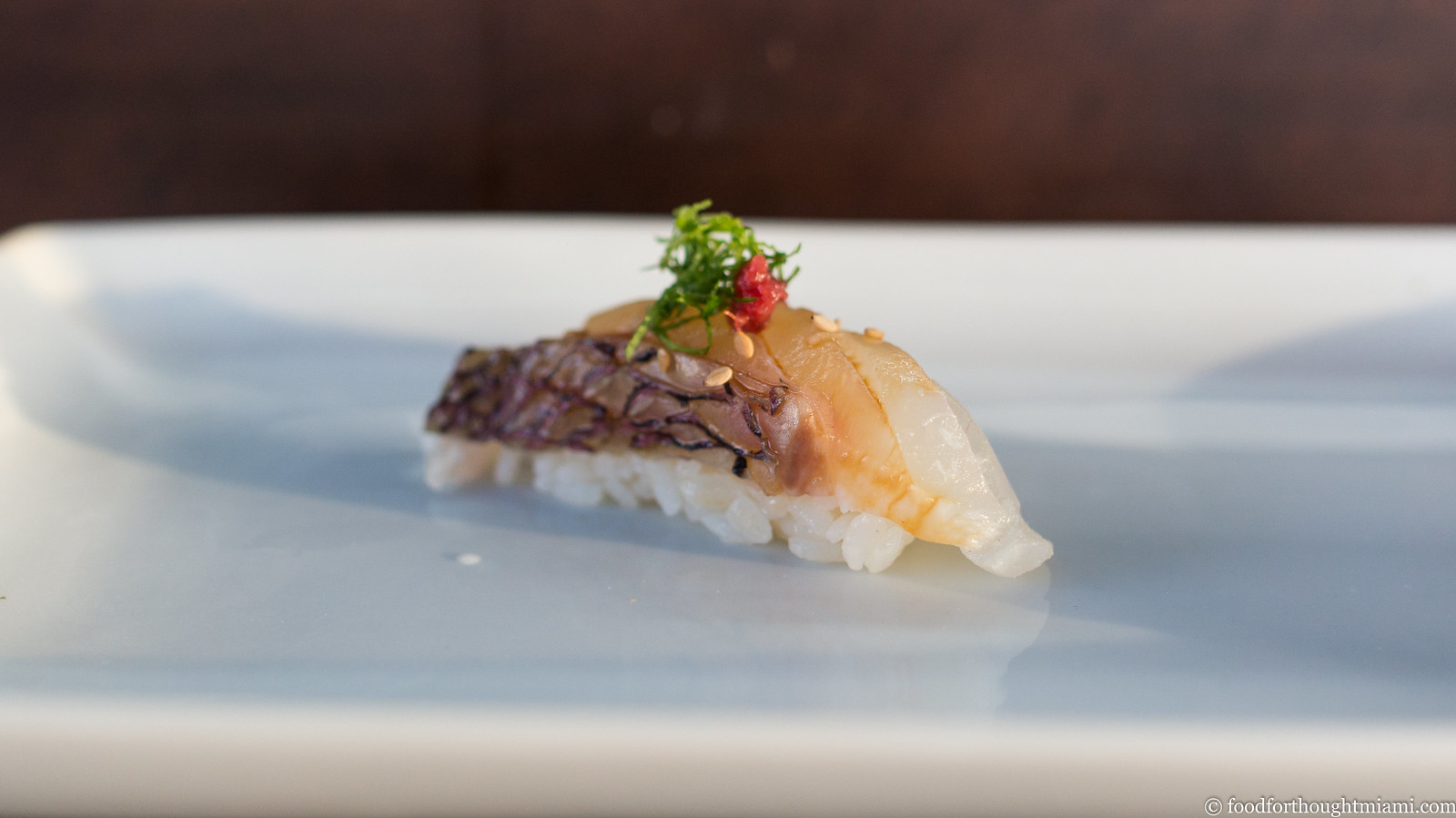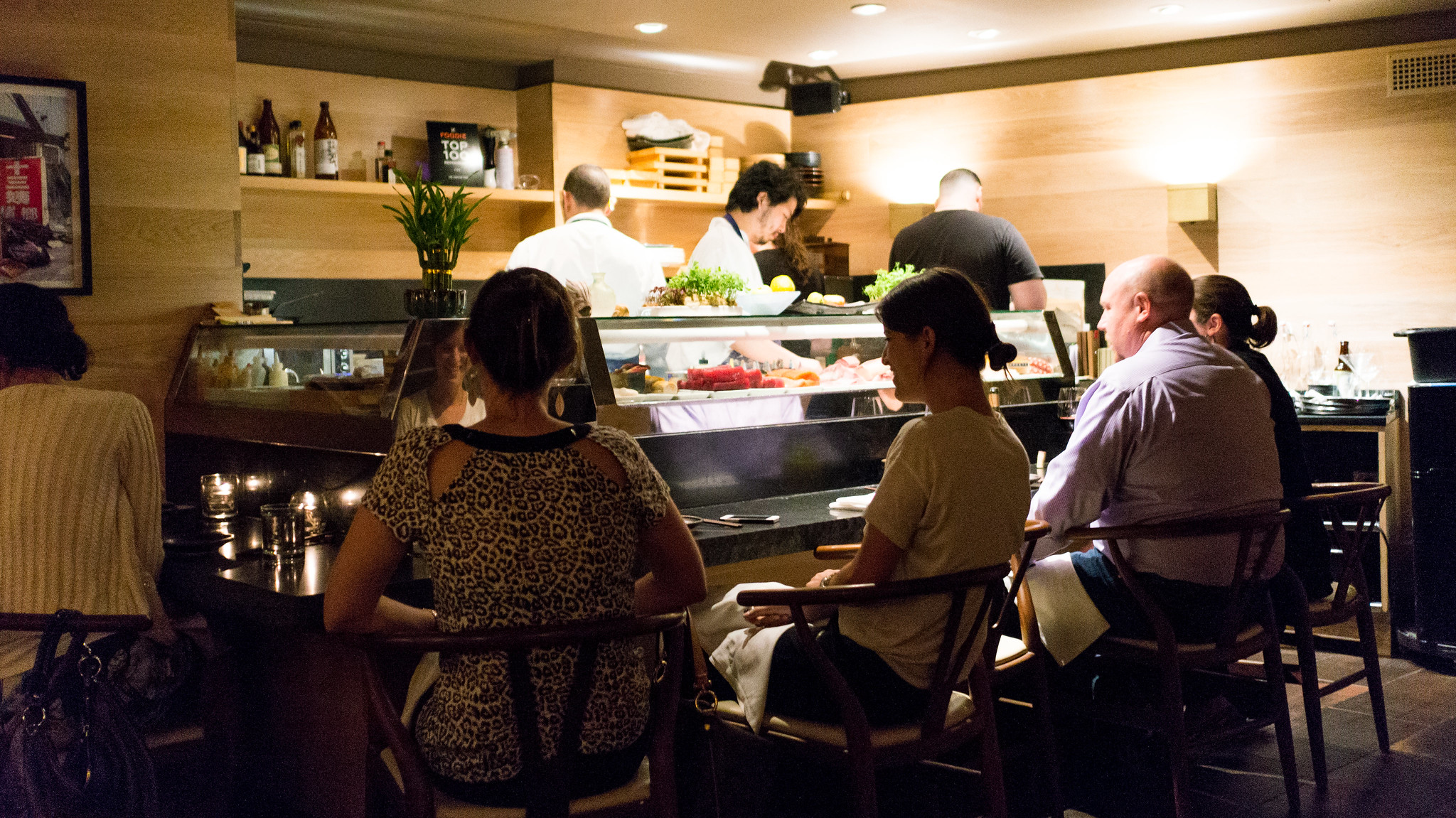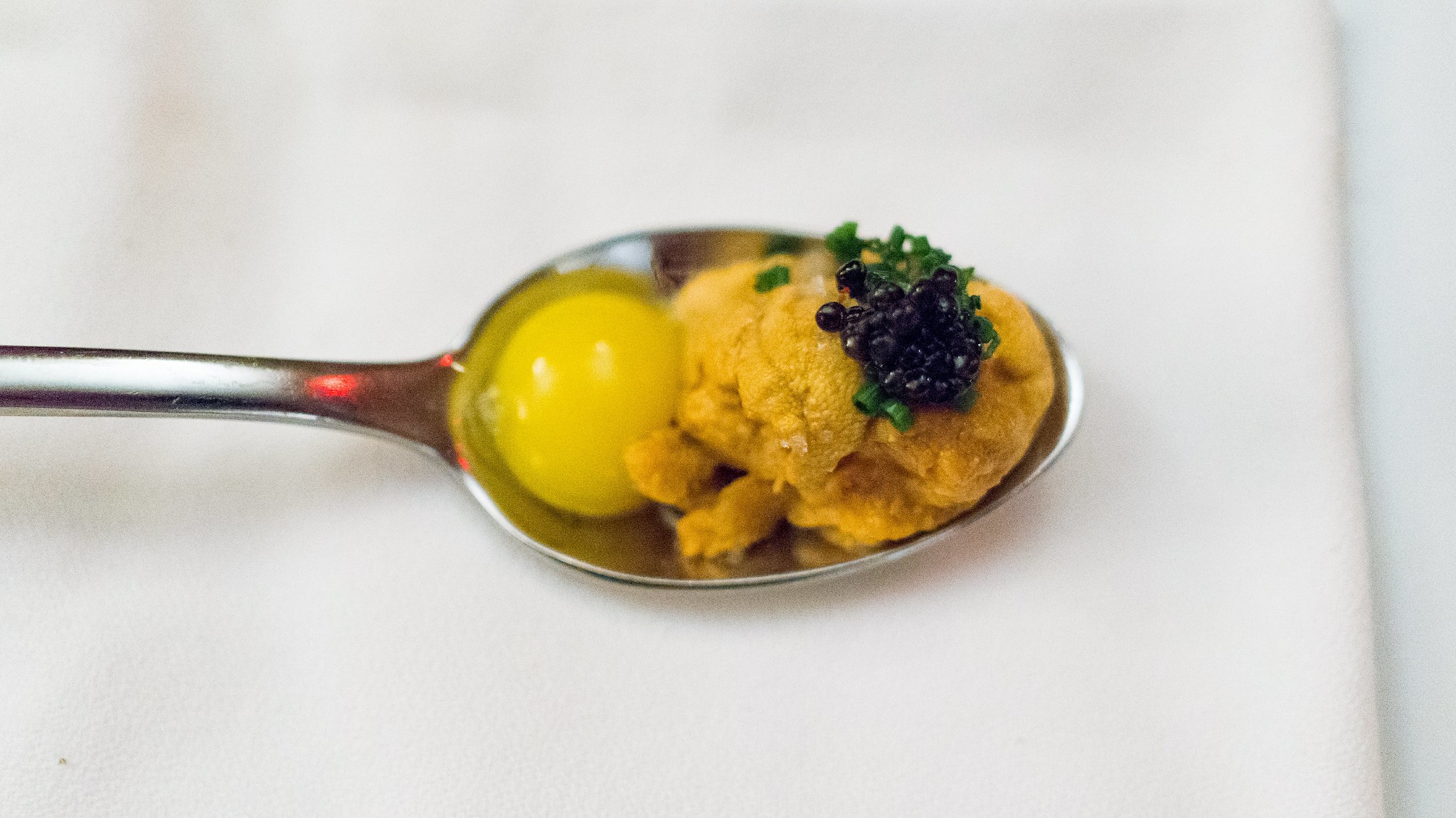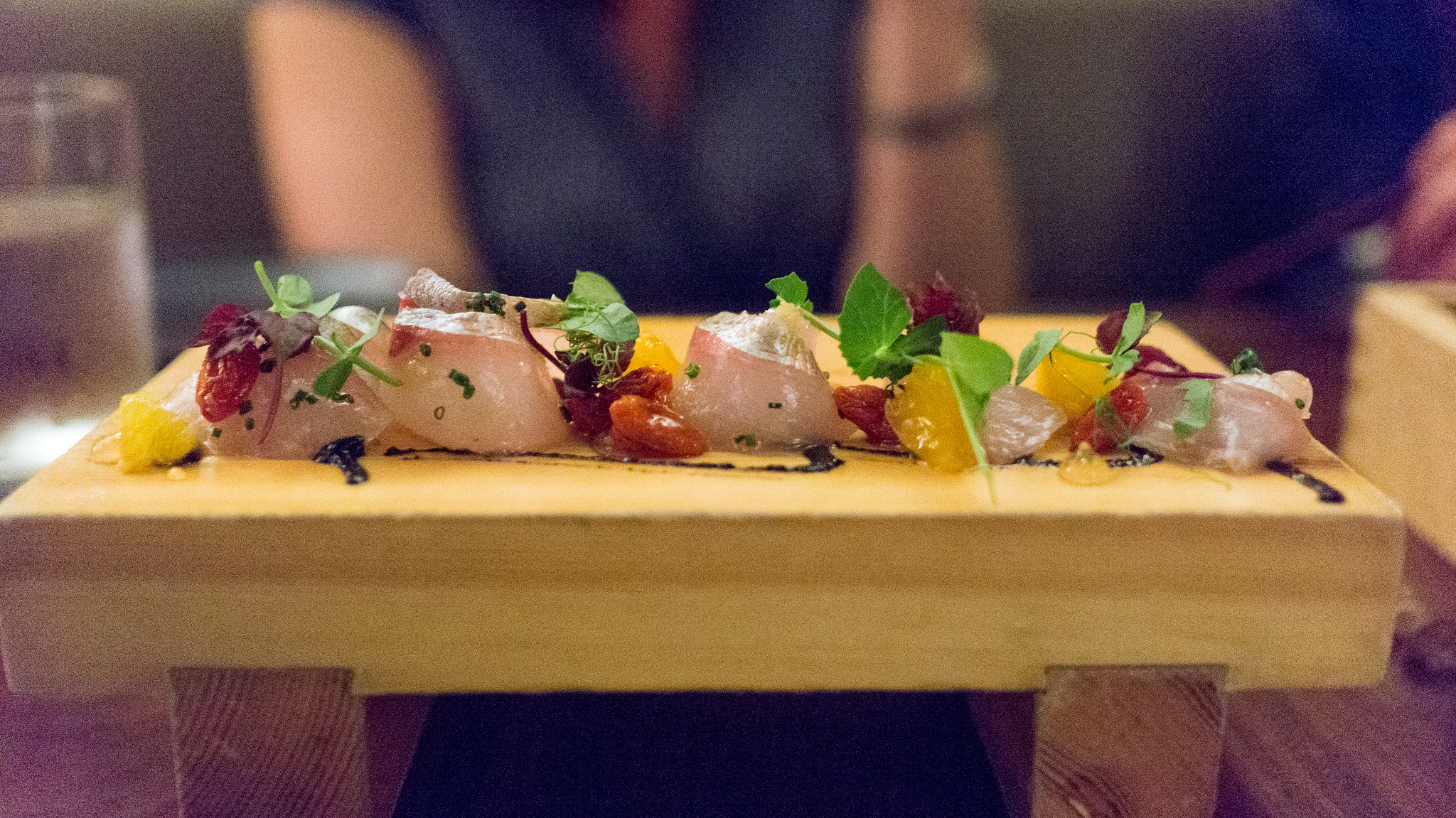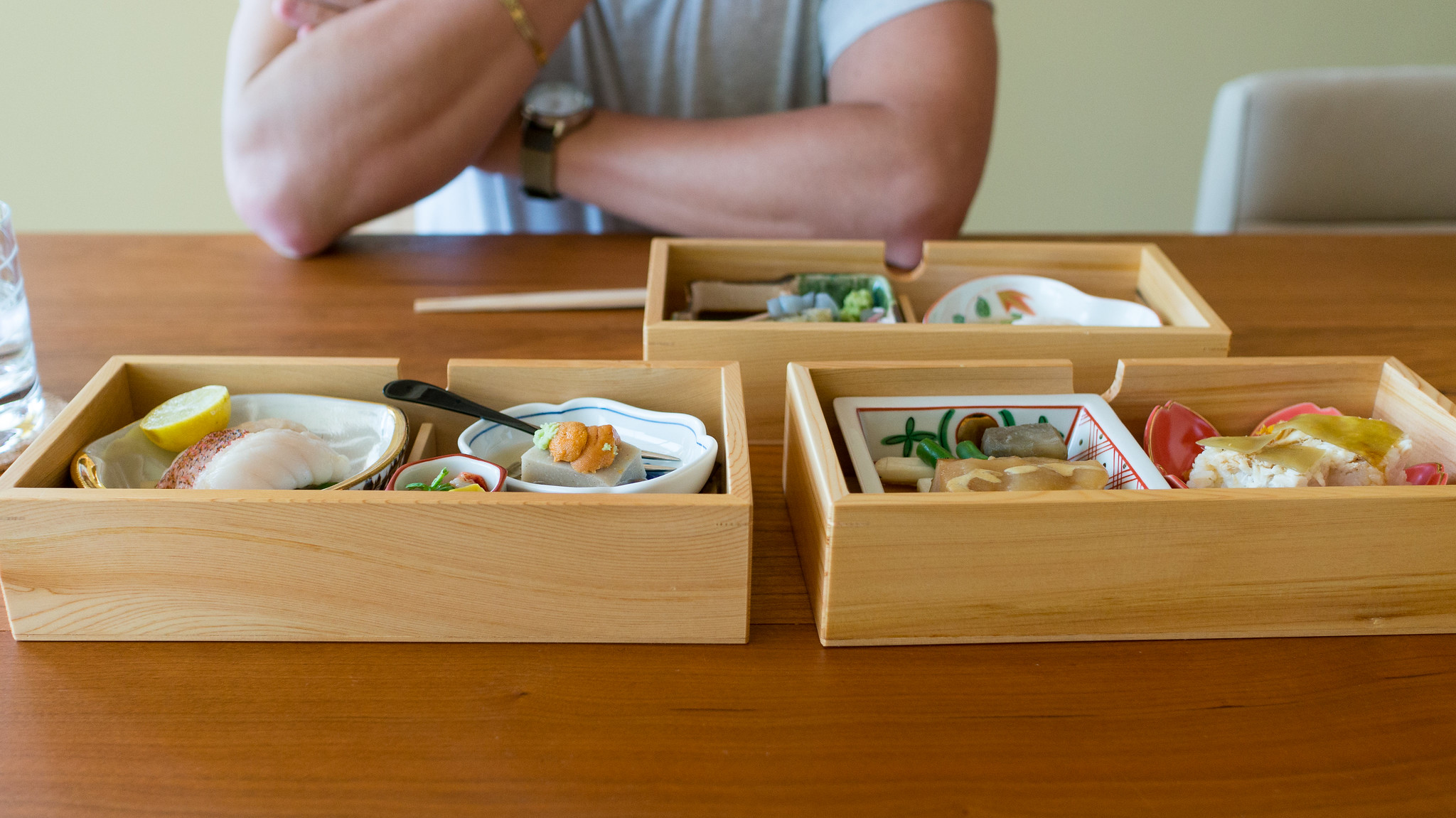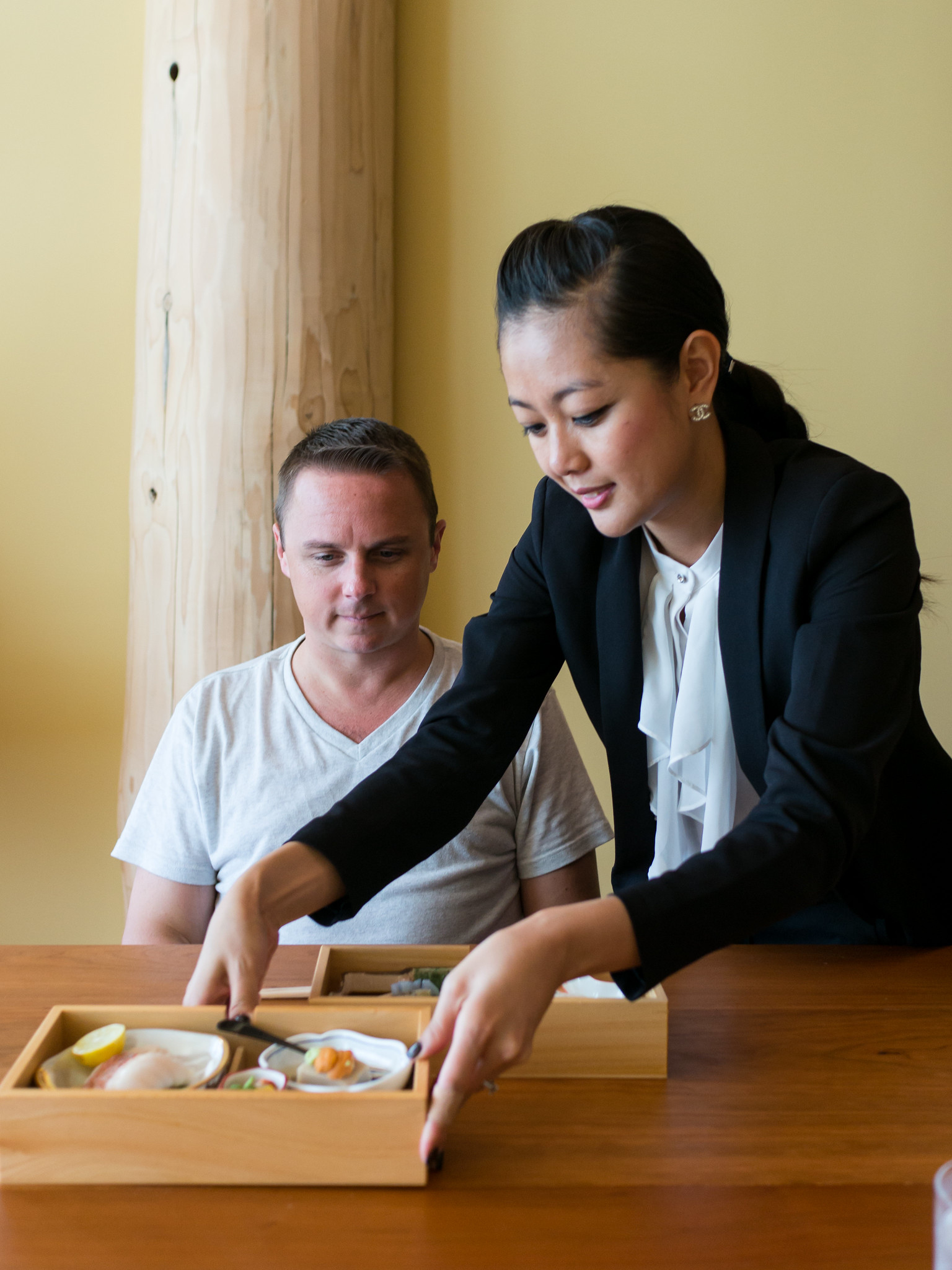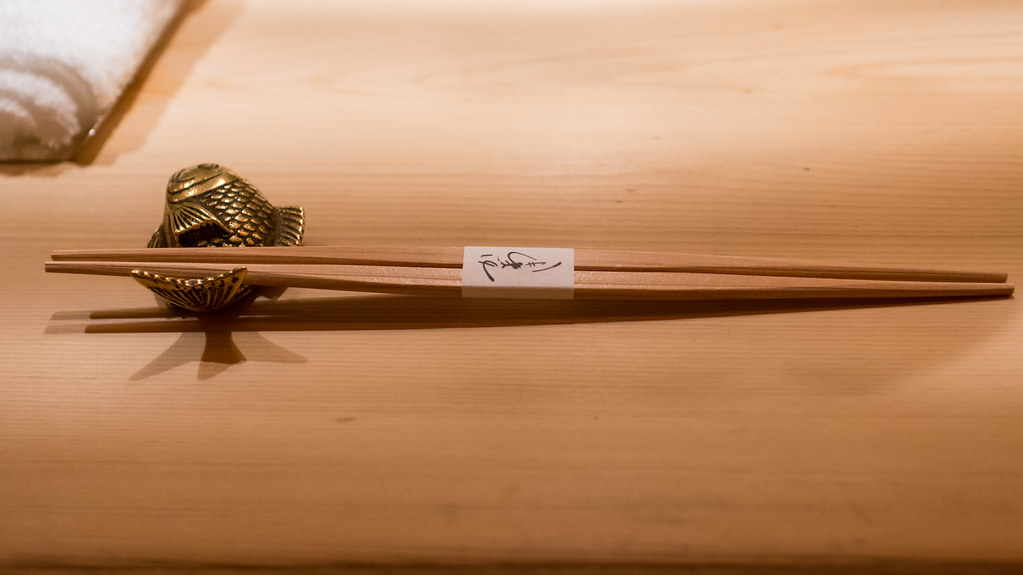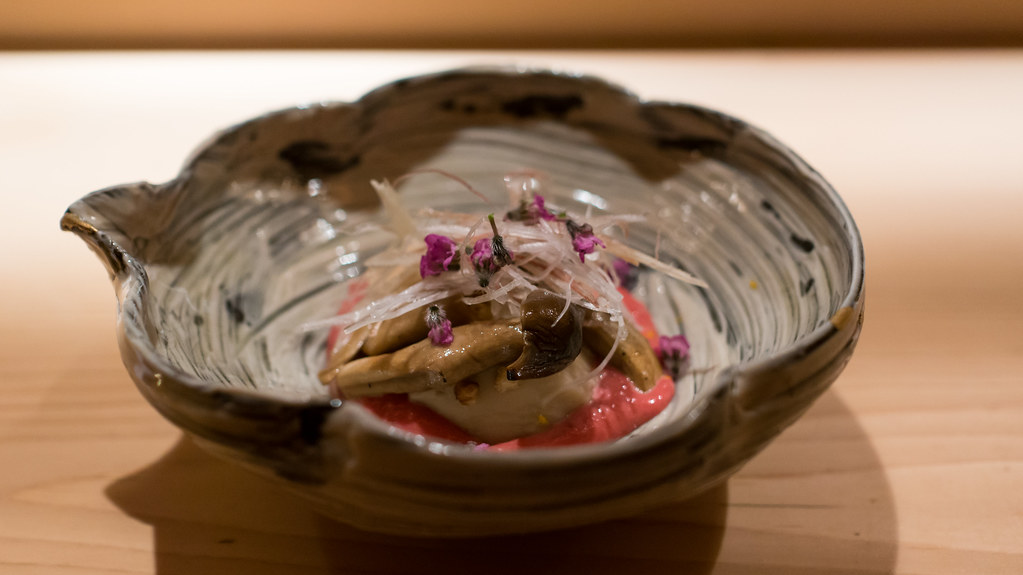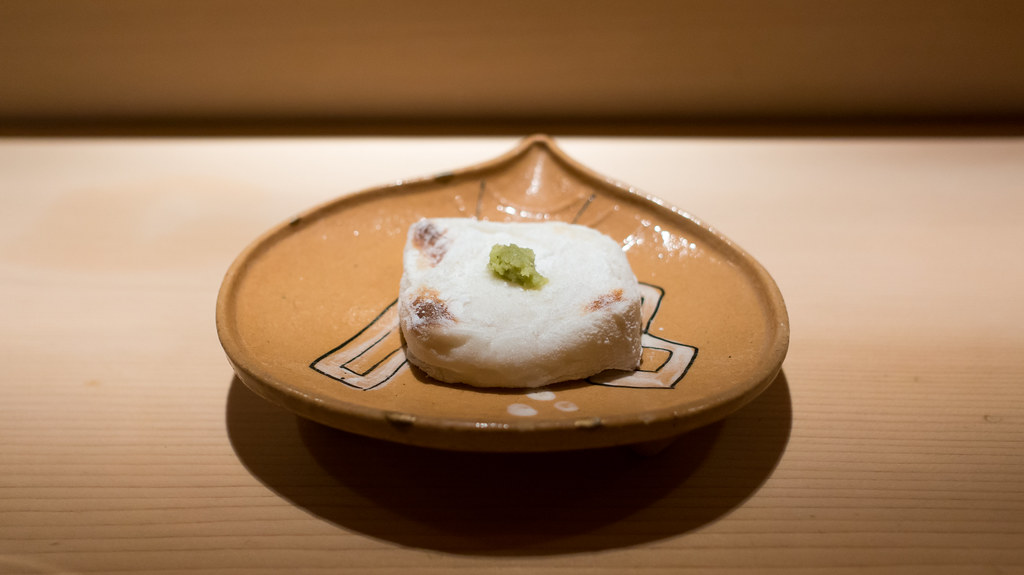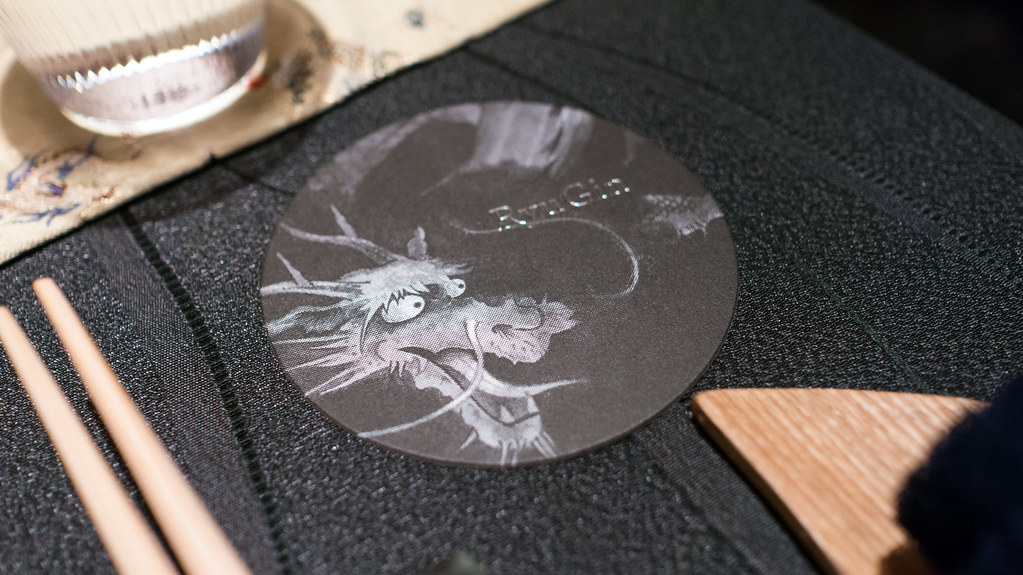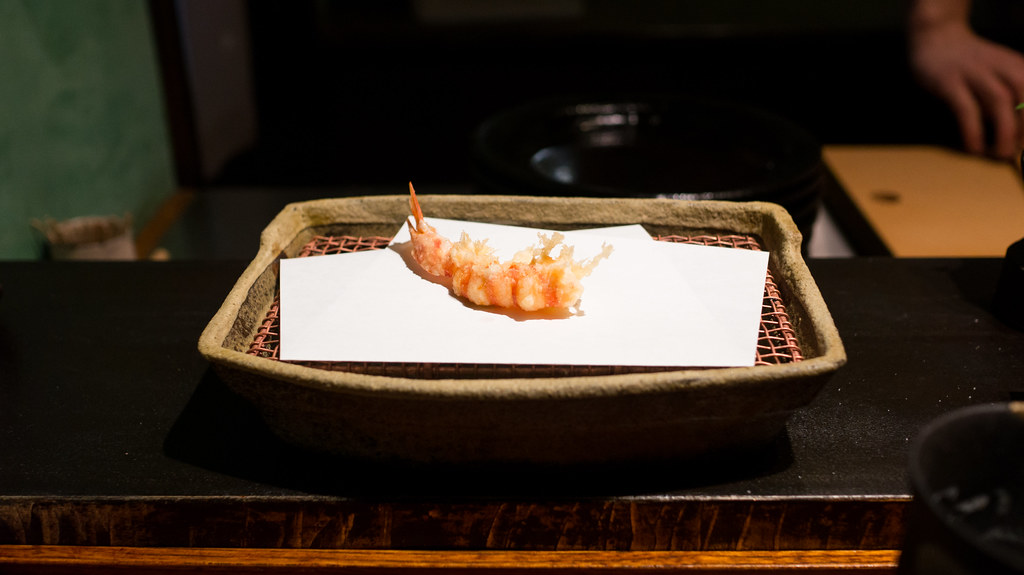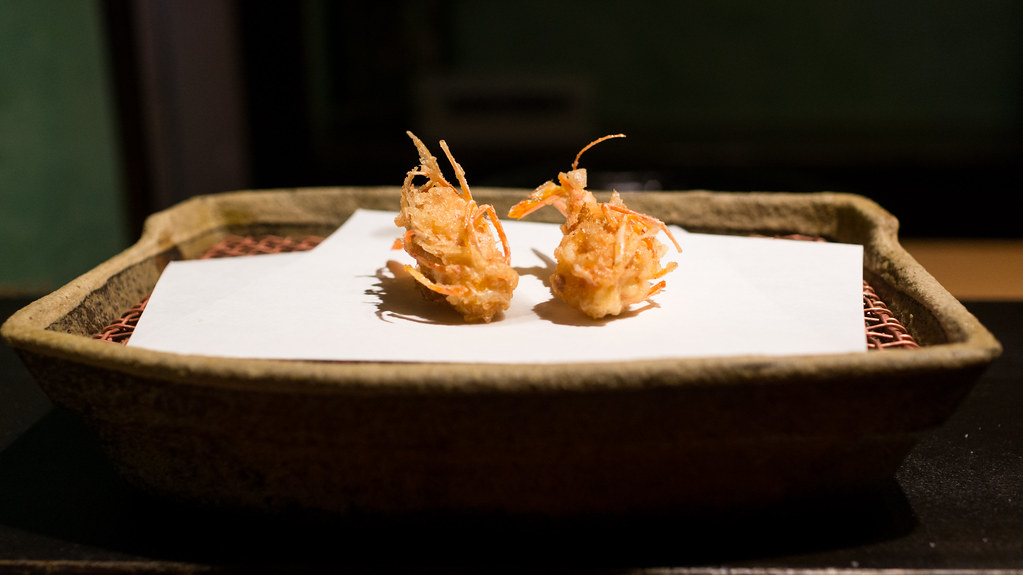For a long time, I've been bemoaning the dearth of good sushi in Miami. I'm not even talking about in comparison to what I had in Japan; just good quality fish and properly prepared rice is frustratingly difficult to find.
On the very high end there is Naoe, but it requires a commitment of at least a couple hundred bucks and a few hours. I'm also a fan of Makoto in Bal Harbour, but it's become a difficult reservation many days. I've actually got an excellent little spot in my neighborhood, but it's so small, its hours are so limited, and it's become so popular that it is now the Sushi Bar That Shall Not Be Named.
Then what? I had a good meal when I went omakase at Morimoto (pictures here), but the sushi wasn't really the highlight. A few years ago I made a return to Nobu after several years away and the sushi was reasonably good, but the value was entirely out of whack, as has always been the case there. I was actually pleasantly surprised by my first visit to the recently opened Soho Bay (pictures here), a Brazilian import that poached a Nobu alum, Ricardo Sauri, for its executive chef. I'll have to go back and try more.
What else? I'm not nearly as enamored of Matsuri as some folks are. I've got a couple izakayas I love – Hiro's Yakko-San and Su Shin – that serve sushi, but it's not their strong suit.[1] I'll go to Pubbelly Sushi for their reimagined Japanese gastropub stuff – a good rendition of tuna poke, the hamachi ceviche with tostones, the ridiculous but delicious pork belly and clam roll – but it's also not a place to go to for traditional nigiri. Everything else I've tried is crap.
Enter Myumi. It's not your typical sushi bar. In fact, it's a truck – a converted FedEx delivery truck, currently stationed in a lot in Wynwood. Which I suppose makes a bit of sense: I've read that sushi was originally street food. From that truck, Chef Ryo Kato[2] serves an omakase only (chef's choice) menu with only two choices: do you want to spend $40 or $60?
The omakase-only format means they know exactly what they need to buy, so they buy some very good stuff: fish and shellfish straight in from Japan, uni and ikura from Alaska, tuna from Ecuador. Some items get just a brush of shoyu, others more elaborate garnishes. Our $60, 12-course selection went like this:
(You can see all my pictures in this Myumi - Miami (Wynwood) flickr set).
(continued ...)


